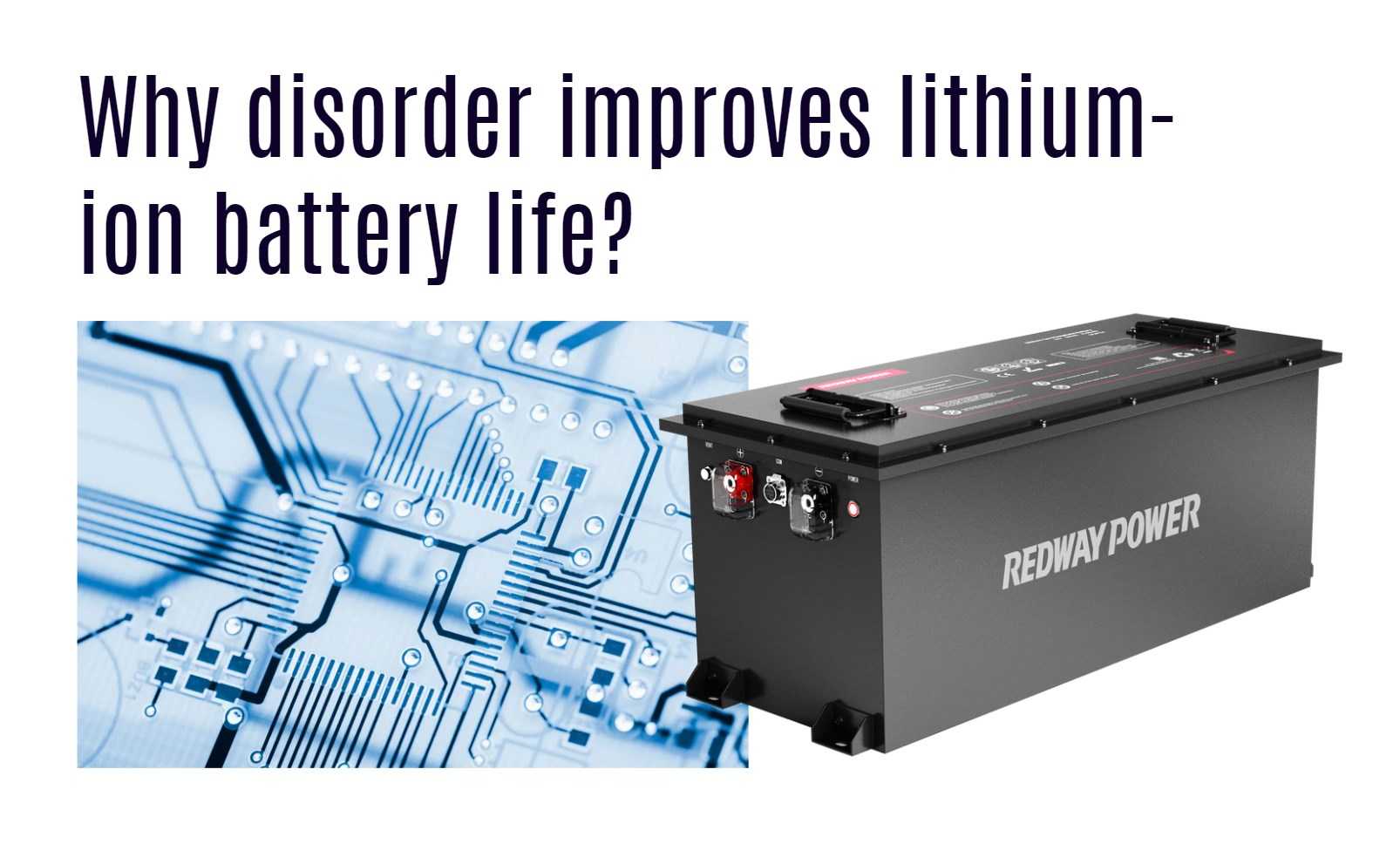Introducing disorder in the oxide cathode material of lithium-ion batteries improves battery life. This disorder increases charge transfer in the electrode, resulting in shorter charging times and longer cycle life.
- Disorder in Cathode Material: Introducing disorder in the oxide cathode material of lithium-ion batteries improves battery life.
- Increased Charge Transfer: This disorder enhances charge transfer in the electrode, leading to shorter charging times.
- Longer Cycle Life: The introduction of disorder extends the cycle life of lithium-ion batteries, ensuring longer-lasting performance.
By harnessing the benefits of disorder in battery materials, scientists aim to improve the performance and longevity of lithium-ion batteries for various applications.
How are lithium-ion batteries being improved?
Lithium-ion batteries are being improved through the exploration of alternative materials, the implementation of self-healing mechanisms, and the increase in energy density by increasing the size of battery cells. These advancements aim to enhance battery life, performance, and energy storage capabilities.
- Exploring Alternative Materials: Researchers are investigating alternative materials, such as replacing the graphite anode with lithium metal, to enhance battery performance.
- Implementing Self-Healing Mechanisms: Self-healing mechanisms are being developed to improve battery life and durability.
- Increasing Energy Density: Researchers are increasing the size of battery cells to store more energy in a smaller space, improving energy density and reducing weight.
Through these advancements, scientists aim to improve the performance, lifespan, and energy storage capabilities of lithium-ion batteries.
How can I improve my lithium-ion battery life?
To improve lithium-ion battery life, consider avoiding extreme temperatures, doing partial charges up to 80% state of charge (SoC), and minimizing the time spent at fully charged or fully discharged states.
- Avoid Extreme Temperatures: Prevent exposing lithium-ion batteries to extreme temperatures to optimize their lifespan.
- Partial Charges: Consider doing partial charges up to a certain state of charge, such as 80%, instead of fully charging the battery.
- Minimize Fully Charged/Discharged States: Reduce the time spent at fully charged or fully discharged states to improve battery life and performance.
By following these tips, users can enhance the lifespan and performance of their lithium-ion batteries, ensuring longer-lasting and more efficient power sources.
What makes lithium batteries last longer?
To make lithium batteries last longer, consider performing partial charge and discharge cycles, avoiding full cycles, staying between 100% and 50% DoD, and implementing periodic balancing for battery packs with multiple cells.
- Partial Charge and Discharge: Performing partial charge and discharge cycles reduces stress on the battery and helps extend its life.
- Avoid Full Cycles: It is recommended to avoid fully charging or fully discharging the battery to minimize wear and prolong its lifespan.
- Stay within Optimal Range: Keeping the battery’s depth of discharge (DoD) between 100% and 50% helps optimize its performance and longevity.
By following these tips and best practices, users can enhance the lifespan and performance of their lithium batteries, ensuring longer-lasting power sources.
What is the new battery technology to replace lithium?
Sodium-ion batteries, iron-air batteries, zinc-based batteries, and lithium-sulfur batteries are among the new battery technologies being explored as potential replacements for lithium-ion batteries. These alternatives offer advantages such as improved safety, sustainability, and cost-effectiveness.
- Sodium-ion Batteries: Sodium-ion batteries are being developed as a safer and more sustainable alternative to lithium-ion batteries.
- Iron-air Batteries: Iron-air batteries offer the potential for increased energy density and reduced costs.
- Zinc-based Batteries: Zinc-based batteries are being explored for their potential in providing efficient and cost-effective energy storage solutions.
- Lithium-sulfur Batteries: Lithium-sulfur batteries show promise in improving energy storage capacity and reducing environmental impact.
By advancing these alternative battery technologies, researchers aim to pave the way for a future with safer, more sustainable, and high-performing energy storage systems.
What will Tesla use instead of lithium?
Tesla will use lithium-iron-phosphate (LFP) batteries, which utilize iron instead of metals like cobalt and nickel, as an alternative to traditional lithium-ion batteries. This transition allows for cost-effectiveness and sustainability in Tesla’s standard-range vehicles.
- Lithium-Iron-Phosphate (LFP) Batteries: Tesla is transitioning to LFP batteries, which use iron instead of cobalt and nickel, for improved cost-effectiveness and sustainability.
- Reducing Resource Dependence: The shift to LFP batteries aligns with Tesla’s goal of reducing reliance on expensive and scarce resources in battery production.
- Performance and Affordability: Tesla aims to maintain high-performance standards while offering more affordable electric vehicles through the use of alternative battery technology.
By embracing alternative battery technologies like LFP, Tesla paves the way for more accessible and sustainable electric vehicles, contributing to the advancement of the clean energy revolution.
What is the next battery beyond lithium?
Sodium-ion batteries, potassium-ion batteries, and magnesium-based batteries are among the emerging battery technologies that could go beyond lithium. These alternatives offer advantages such as abundance, cost-effectiveness, and a balance between energy density and cost.
- Sodium-ion Batteries: Sodium-ion batteries are being developed as a potential alternative to lithium-ion batteries, offering abundance and cost-effectiveness.
- Potassium-ion Batteries: Potassium-ion batteries show promise in providing a balance between energy density and cost, making them suitable for various applications.
- Magnesium-based Batteries: Researchers are investigating magnesium-based batteries for their potential in energy storage, aiming to overcome the limitations of lithium-ion technology.
By advancing these alternative battery technologies, scientists aim to pave the way for a future with more sustainable and efficient energy storage solutions.





